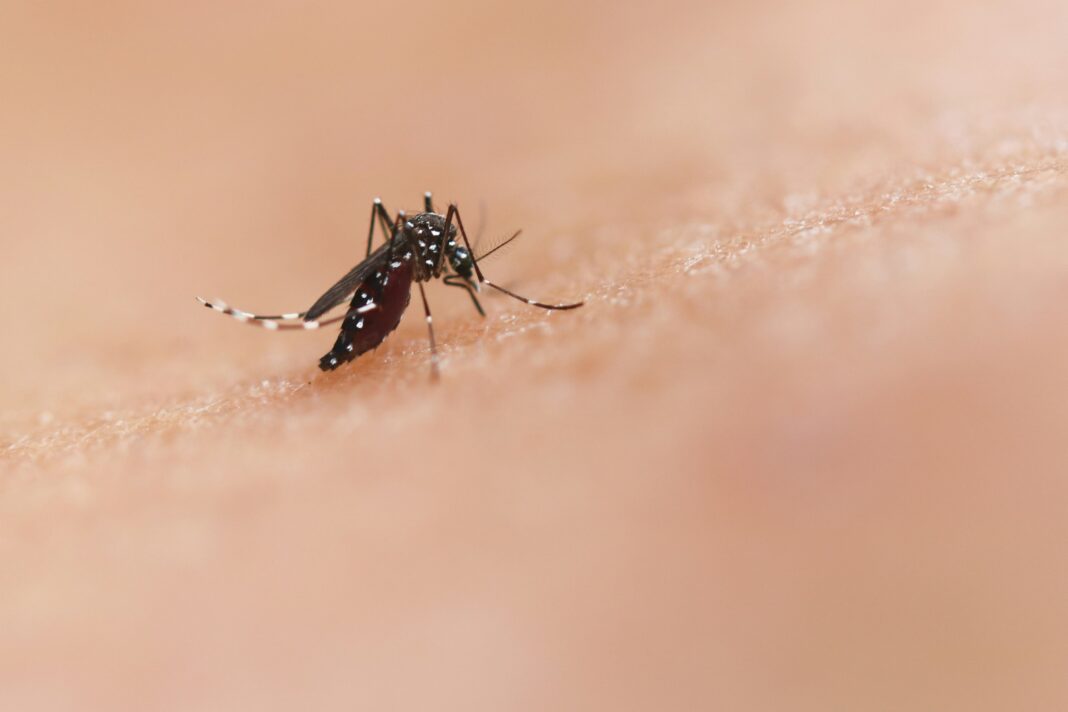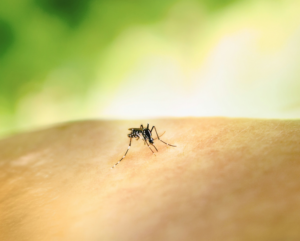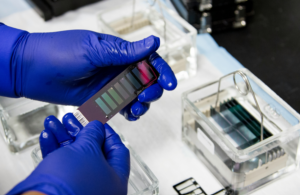Mosquitoes: The World’s Deadliest Animal
Did you know that the U.S. Centers for Disease Control and Prevention identified mosquitoes as the “world’s deadliest animal?” Mosquitoes only weigh 2.5 milligrams but cause vector-borne diseases that account for more than 17% of all infectious diseases, causing more than 700,000 deaths worldwide every year. The new technology that aims to decrease mosquito-borne diseases like malaria, dengue, West Nile, yellow fever, and Zika by decreasing the lifespan of the female mosquito that mated with the male mosquitoes was discovered.
The “Toxic Male Technique” (TMT)
Researchers at Australia’s Macquarie University have developed a technology that decreases the lifespan of the female mosquito that mates with the male mosquito, “Toxic Male Technique” (TMT) to combat mosquito-borne diseases including dengue, Zika, and malaria. TMT significantly reduce female mosquitos’ life span by 37-64% by using genetically modified male mosquitos to produce toxic substances such as spider and sea anemones which are transferred to females during mating. TMT involves genetically engineering males to produce spider and sea anemone venom proteins, which they inject into females during mating, reducing their lifespan. The lead author, Same Beach from Macquarie University hopes to reduce 390m mosquito-borne disease outbreaks without using insecticides to protect local beneficial insects by making female mosquitoes die immediately after they mate with a male mosquito. From this method, he wants to immediately decrease the female mosquito population to reduce the spread of these vector-borne illnesses quickly.
This method lowers the blood-feeding rates by approximately 40-60% as it specifically targets female mosquitoes that bite humans and transmit diseases. TMT is different from traditional methods like the Sterile Insect Technique (SIT) and RIDL) as it directly impacts female mosquitoes without harming beneficial species, addressing issues like insecticide resistance.
Initial experiments were held with fruit flies and computer simulations, which showed promising results with its prioritization for both humans and the environment’s safety. TMT has been filed as a patent and it was published in Nature Communications. They are planning to extend their research to ensure its efficacy and safety.



